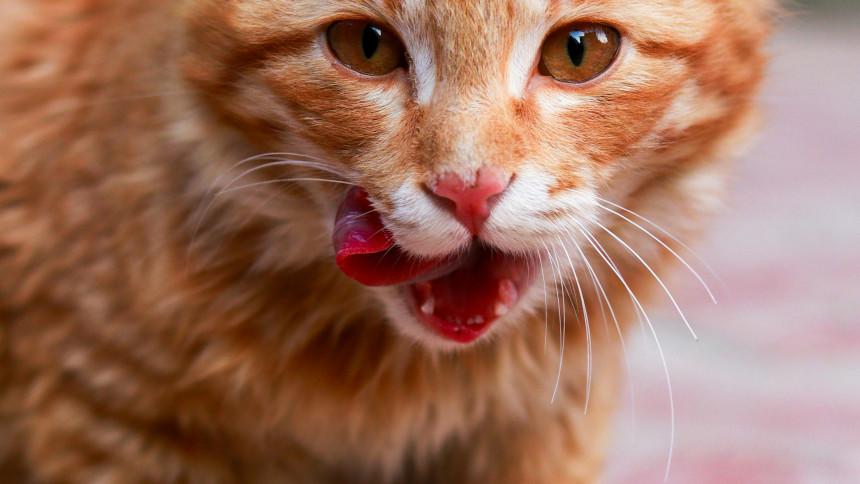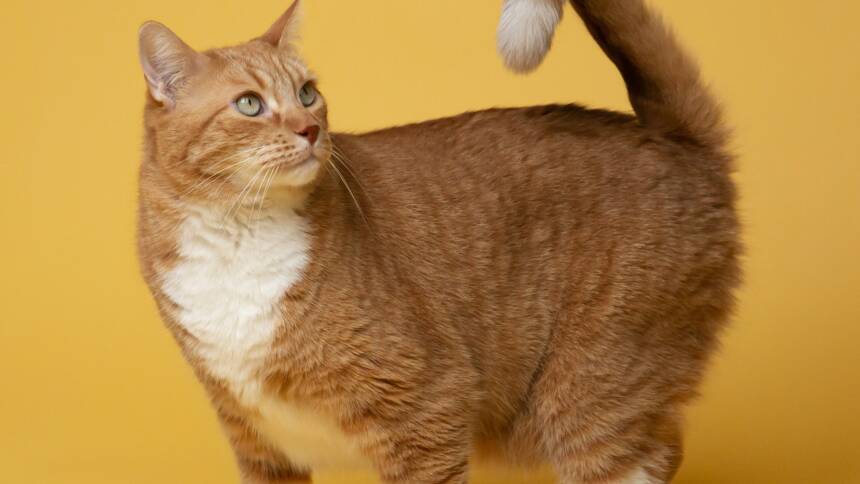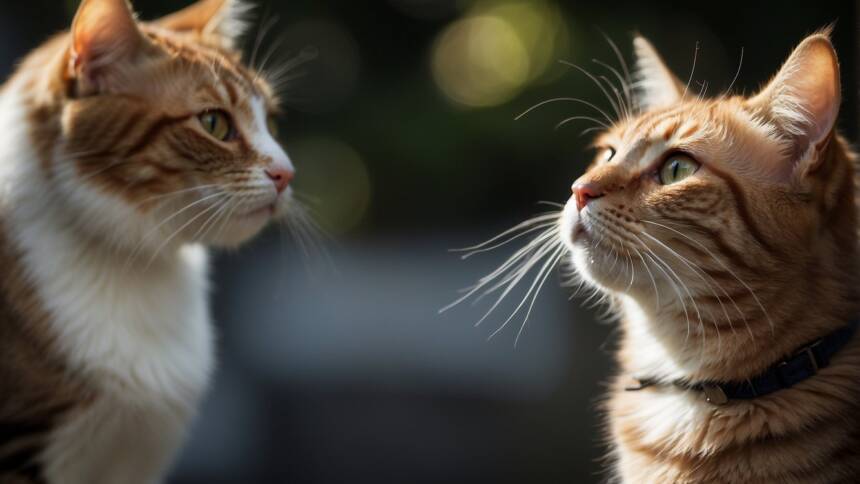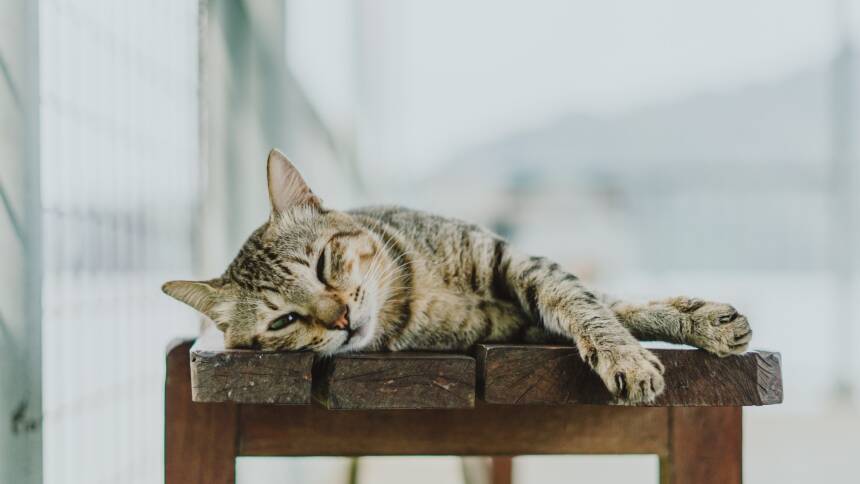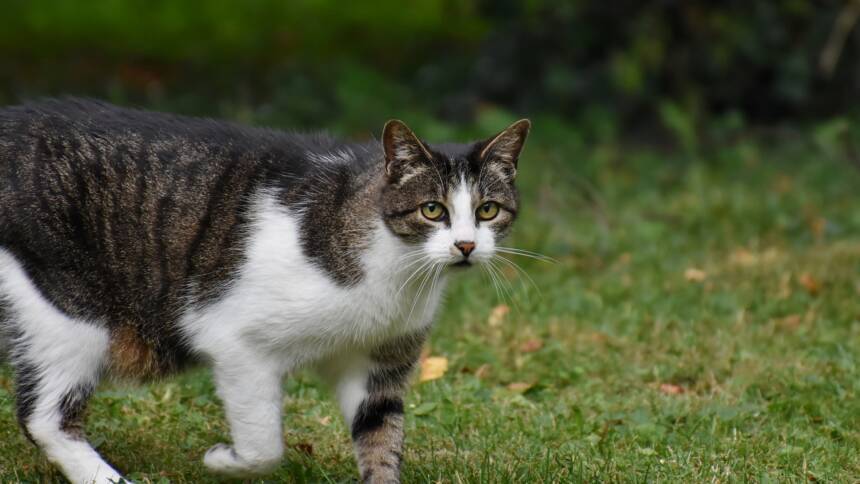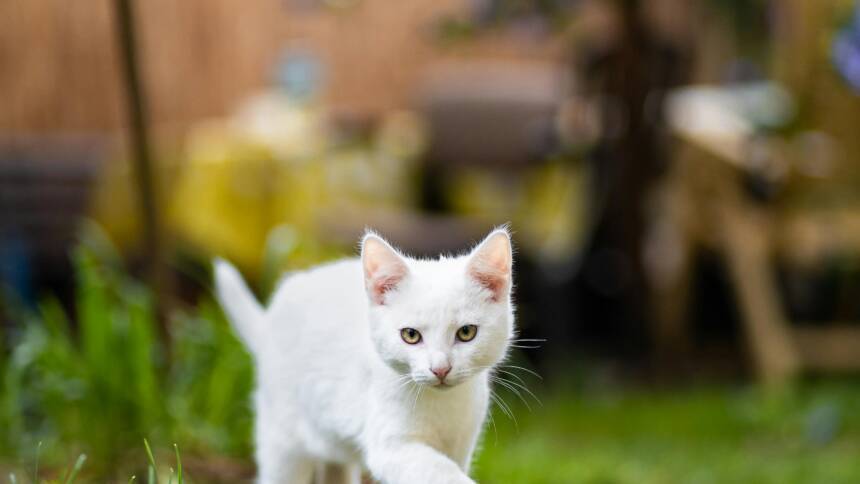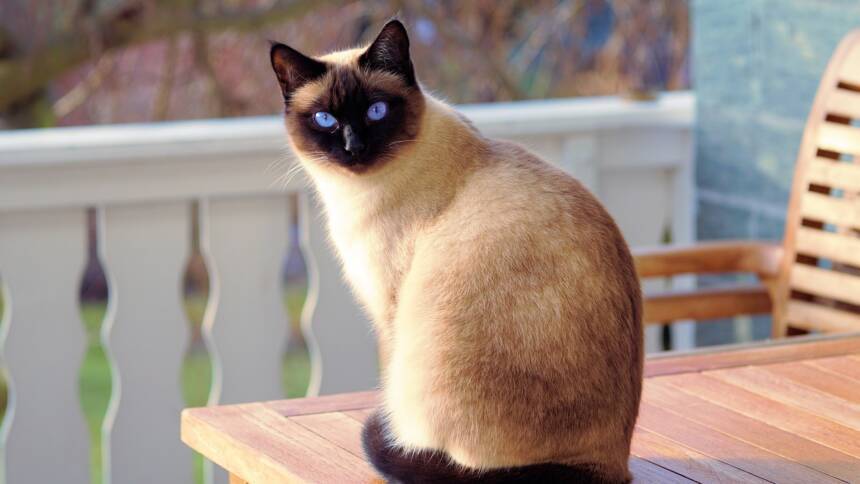Cat owners often observe a curious behavior in their feline companions: the sudden burst of energy known as ‘cat zoomies’ or ‘frenetic random activity periods’ following a visit to the litter box. This phenomenon typically involves cats frantically running around the house, leaping onto furniture, and generally displaying a high level of activity abruptly after using their litter box.
The behavior displayed during these zoomies is not just an amusing antic; it serves several purposes in a cat’s routine. One theory suggests that after relieving themselves, cats experience a sense of lightness and increased energy leading to this spirited behavior. Additionally, it may be an instinctual response to mask their scent from predators by creating distance from the litter box. It’s also posited that zoomies may be a way for cats to spread their own scent throughout their environment, which they see as a form of marking territory or an expression of their well-being.
Observing the litter box activity of cats can provide insights into their health. Should a cat show signs of distress before or after using the litter box, such as excessive zoomies, it may indicate an underlying health issue. If such behavior is persistent or accompanied by changes in litter box habits, it is worth consulting a veterinarian to ensure the health and well-being of the cat.
Understanding Cat Zoomies
Cat zoomies, also known as frenetic random activity periods (FRAPs), are bursts of energy where cats run wildly around their environment. This behavior is a normal part of feline instincts and can be triggered by various factors related to litter box use.
Defining Cat Zoomies
Cat zoomies refer to the sudden, spontaneous bouts of running or frantic activity that domestic cats often display. Cats may sprint around the house, leap on furniture, and change directions abruptly. These episodes typically last for a few minutes before the cat settles down again.
Zoomies as Natural Cat Behavior
Zoomies are an expression of a cat’s instinctual need for exercise and stimulation. They serve as a way for cats to expend pent-up energy and to keep their hunting skills honed. Despite living in domestic settings, cats retain the energy levels and instincts of their wild ancestors.
Zoomie Triggers Related to Litter Box Use
- Relief: After using the litter box, a sense of physical relief may energize the cat, leading to the zoomies.
- Instinctual Behavior: The act of covering their waste is closely tied to their survival instincts—a potential predator cannot track a cat that covers their tracks, hence the burst of energy post-litter box use.
- Health Check Indicator: Observing a cat’s behavior after litter box use can provide hints to their well-being. Unusual consistency in zoomies may warrant a health check to rule out discomfort or infections.
Litter Box Habits and Cat Psychology
A cat’s interaction with its litter box is more than a basic physiological need; it can be a reflection of instinctual behavior and psychological states.https://www.youtube.com/embed/MdGZmbvfl5k
The Role of the Litter Box in Cat Behavior
The litter box serves as a pivotal touchpoint in a cat’s daily routine. Not only does it cater to their need for waste elimination, but it also influences patterns of behavior. Experts suggest that a clean and accessible litter box can help maintain a cat’s hygiene and reduce stress. If a cat experiences discomfort, such as that associated with a urinary tract infection or colon inflammation, this could lead to abnormal litter box behavior, including the infamous ‘zoomies’ after pooping.
- Cleanliness: Keeping the litter box clean is essential. It demands:
- Regular scooping: at least once a day.
- Full litter change: typically every week.
- Accessibility: One litter box per cat, plus one extra, can prevent territorial stress.
Psychological Impact of Litter Box on Zoomies
After eliminating in the litter box, cats may experience a sudden burst of energy, commonly known as the “zoomies.” This behavior could stem from a sense of relief after passing feces or be an instinctual response—akin to wild behavior after excretion to evade predators or rid themselves of scents that can attract them. The psychological aspects are twofold:
- Panic or Relief: A clump of feces caught in their fur may cause alarm, leading to an urgent sensation to flee the discomfort, whereas a successful elimination might bring about a sense of release.
- Territorial Instincts: In multi-cat households, using the litter box could temporarily increase stress levels, thereby triggering zoomies as a means to quickly exit a vulnerable position.
Physiological Effects of Using the Litter Box
When cats use the litter box, specific physiological responses can trigger their sudden burst of energy, commonly referred to as zoomies. These responses are closely tied to the nervous system and the sense of relief following elimination.
Vagus Nerve Stimulation During Elimination
The act of elimination stimulates the vagus nerve, a crucial component of the autonomic nervous system. This nerve runs from the brainstem through the neck and the thorax down to the colon. As a cat defecates, the vagus nerve is activated and can result in a drop in heart rate and blood pressure, which may lead to a compensatory increase in energy levels post-elimination.
Poo-Phoria and Its Relation to Zoomies
“Poo-phoria” is an informal term describing the sense of relief or pleasure a cat may experience after using the litter box to defecate. This sensation is believed to originate from the release of endorphins as the muscles around the rectum contract to expel fecal matter. The subsequent endorphin rush could explain the frenzied behavior or zoomies exhibited by cats following litter box use.
Age-Related Behaviors and Zoomie Patterns
Cat zoomies, or frenetic random activity periods, are influenced by age, where kittens often exhibit peak levels of energy and senior cats may display a change in activity due to various factors.
Kittenhood and Peak Activity Levels
Kittens are known for their high-energy playfulness, often experiencing bursts of activity known as zoomies. During kittenhood, these frenetic random activity periods frequently occur as kittens have ample energy to expend. They may spontaneously sprint around the house, particularly after using the litter box, which may serve as a form of self-entertainment and a way to practice their natural hunting instincts.
Senior Cats and Changing Energy Levels
As cats mature into their senior years, there’s a noticeable shift in their energy levels. Older cats tend to have less pent-up energy to release, making zoomies less frequent. However, any abrupt change in a senior cat’s behavior, like increased zoomies or hyperactivity, could signal a health concern such as hyperthyroidism. It’s crucial for owners to monitor their senior cats for symptoms like weight loss, abnormal sleep patterns, or increased vocalization, and consult a veterinarian if these behaviors emerge.
Identifying and Addressing Health Concerns
When a cat displays a sudden burst of energetic behavior, commonly known as the ‘zoomies’, after using the litter box, it may indicate health concerns that require attention. Owners should monitor for any repetitive or intense zoomie episodes as they can be a sign of discomfort or underlying medical issues.
Zoomies as Indicator of Discomfort or Pain
Cats may exhibit more intense and frequent zoomies as a response to physical discomfort or pain. Veterinarians can assess whether the behavior is a result of an acute sensation like discomfort after elimination or a sign of a more serious health problem. Indicators that a cat is experiencing pain may include:
- Changes in mobility or stance
- Vocalization such as meowing or hissing unexpectedly
- Aggressive behavior when touched or approached
Owners should be alert to these signs and seek veterinary care to determine the cause and appropriate treatment.
Medical Issues That Affect Cat Activity
Several medical issues can affect a cat’s level of activity, including their tendency to get zoomies:
- Infections: Such as urinary tract or colon infections that may cause discomfort
- Arthritis: Leading to acute pain after rest or elimination
- Feline Hyperthyroidism: Can increase energy levels and result in bursts of activity
- Stress: May manifest physically, causing erratic behavior
If a cat starts vomiting, displays a marked increase in zoomies, or shows other signs of distress, it is crucial for owners to consult a veterinary professional. The veterinarian can conduct a thorough examination and tests, if necessary, to diagnose any medical conditions that might be contributing to the behavioral changes. Early identification and treatment of these issues can greatly improve the cat’s quality of life and wellbeing.
Behavioral Conditioning and Environmental Enrichment
Cats may exhibit increased activity levels, such as zoomies, following litter box use, which can be mitigated through targeted behavioral conditioning and intelligent environmental enrichment strategies.
Interactive Play and Mental Stimulation
Interactive play sessions are key in providing mental and physical stimulation for cats. These sessions should involve toys that mimic prey, such as feather wands or laser pointers, to appeal to a cat’s hunting instincts. Engaging in structured play sessions, ideally twice a day, can help redirect the energy displayed during zoomies into a more appropriate and constructive outlet.
Example of Interactive Play:
- Feather wand sessions: 10 minutes twice daily
- Laser pointer chase: 5 minutes to avoid overstimulation
Enrichment Toys and Feeding Puzzles to Dissipate Energy
Enrichment toys and puzzle feeders are essential in dissipating excess energy and providing consistent stimulation. Cats can benefit significantly from toys that challenge them mentally, keeping them engaged and less likely to engage in erratic behavior after litter box use.
Recommendations:
- Puzzle feeders: use for daily feeding to slow down fast eaters and stimulate the mind
- Interactive toys: offer various toys that require physical interaction, like rolling or batting, to release treats or make enticing sounds
By integrating interactive play with mental challenges, cats can enjoy a balanced environment that caters to their instinctual needs, ultimately reducing the occurrence and intensity of post-litter box zoomies.
The Influence of Light on Cat Behavior
Cats exhibit distinct behavioral patterns influenced by light. Their activities notably change as daylight transitions to twilight and vice versa.
Crepuscular and Nocturnal Instincts
Cats are primarily crepuscular, meaning they are most active during the twilight hours of dawn and dusk. This instinct aligns with the natural habits of their prey, which are also active during these hours. Feline nocturnal instincts can emerge, particularly in domestic settings where daytime activities might not satisfy their instinctual needs.
Activity Patterns During Dawn and Dusk
During dawn and dusk, cats often display heightened alertness and increased activity levels. These time frames in the wild would typically involve hunting and establishing territory. For domestic cats, these instincts translate into playful aggression and could coincide with other natural behavioral displays, such as the post-litter box “zoomies.”

